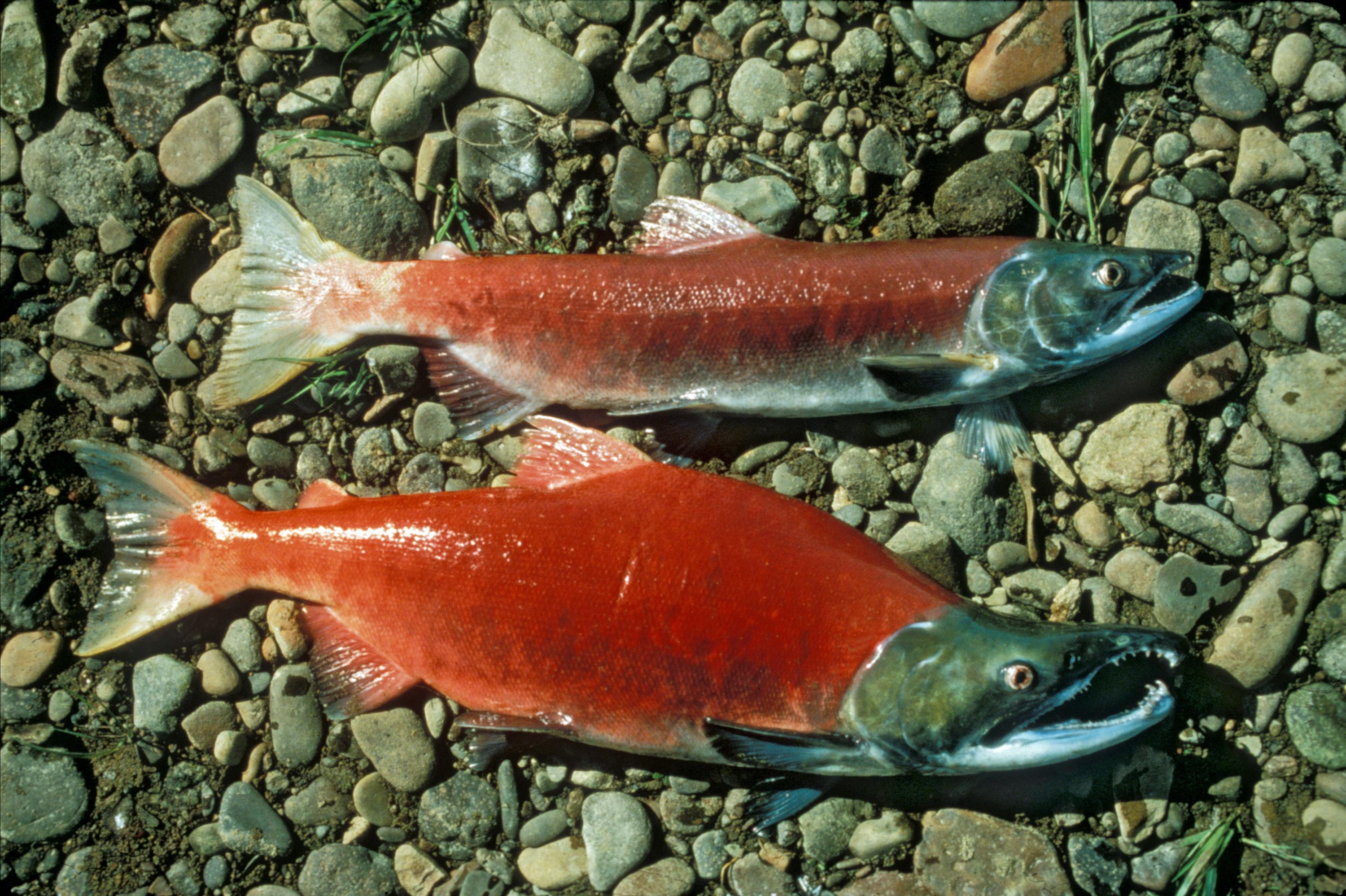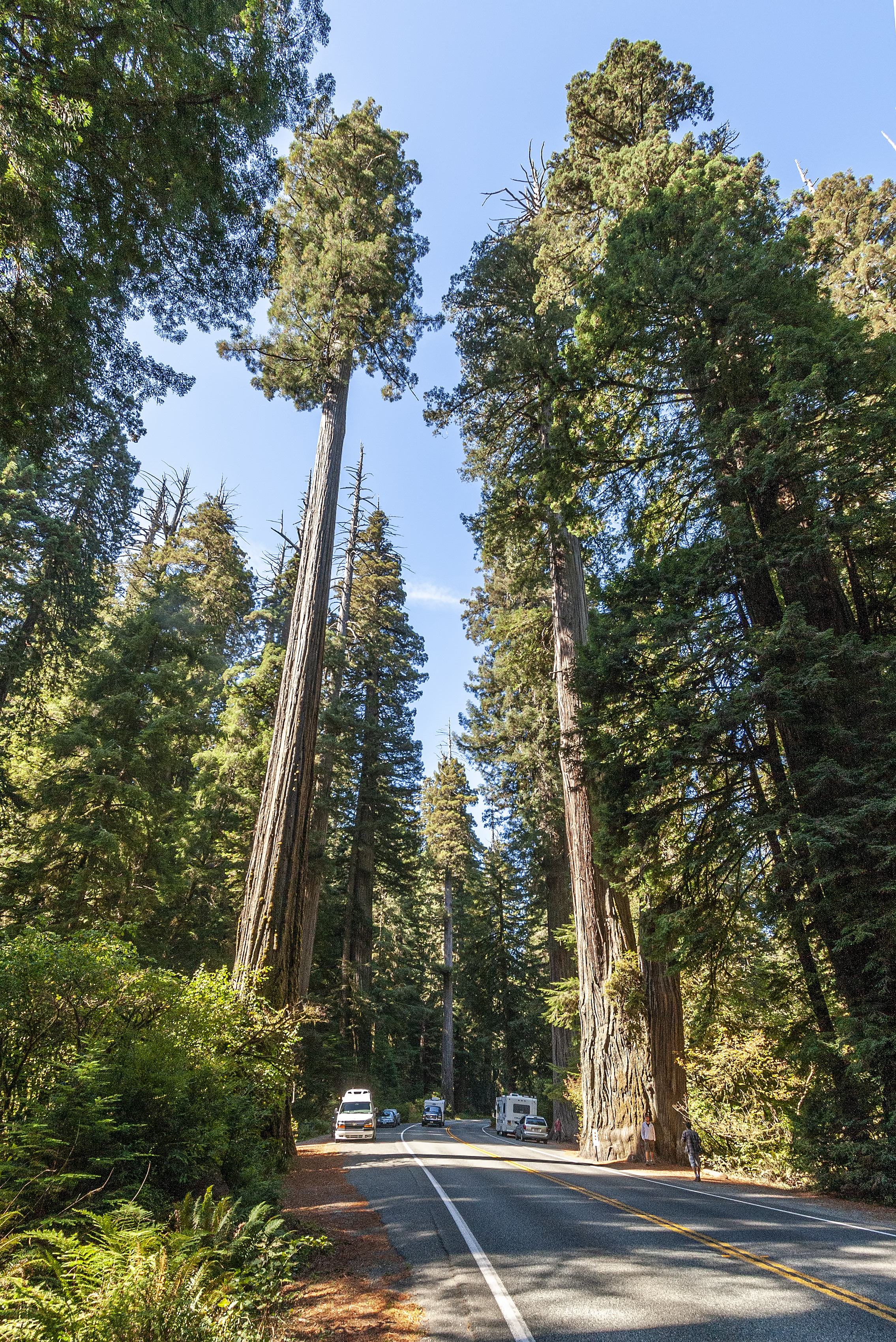|
Plietesials
Plietesials are plants that grow for a number of years, flower gregariously (synchronously), set seed and then die. The length of the cycle can vary between 8 and 16 years. For example, the neelakurinji plant (family Acanthaceae) flowers every 12 years and bloomed as expected in 2006 and 2018 in the Munnar region of Kerala, India. Other commonly used expressions or terms describing a plietesial life history include gregarious flowering, mast seeding, and supra-annual synchronized semelparity (semelparity = monocarpy). Certain species of unrelated families of flowering plants Arecaceae, Scrophulariaceae, Fabaceae, Apocynaceae, and Acanthaceae are plietesial. This type of life history is especially well known among certain bamboos (family Poaceae Poaceae ( ), also called Gramineae ( ), is a large and nearly ubiquitous family of monocotyledonous flowering plants commonly known as grasses. It includes the cereal grasses, bamboos, the grasses of natural grassland and spe ... [...More Info...] [...Related Items...] OR: [Wikipedia] [Google] [Baidu] |
Neelakurinji
''Strobilanthes kunthiana'', known as Kurinji or Neelakurinji in Tamil language and Malayalam and Gurige in Kannada, is a shrub of the bear's breeches family (Acanthaceae) that is found in the shola forests of the Western Ghats in Kerala, Karnataka and Tamil Nadu. The purplish blue flower blossoms only once in 12 years, and gave the Nilgiri Mountains range its name as ''nil'' (blue) + ''giri'' (mountains). The name Neelakurinji originates from the Tamil Language ''neela'' (blue) + ''kurinji'' (flower). Of all long interval bloomers (or plietesials) ''Strobilanthes kunthiana'' is the most rigorously demonstrated, with documented bloomings in 1838, 1850, 1862, 1874, 1886, 1898, 1910, 1922, 1934, 1946, 1958, 1970, 1982, 1994, 2006, and 2018, these have no match to Solar cycles. The Paliyan tribal people living in Tamil Nadu used it as a reference to calculate their age. This plant flowers during September–October. Description Kurinji grows at an altitude of 1300 meters to 24 ... [...More Info...] [...Related Items...] OR: [Wikipedia] [Google] [Baidu] |
Monocarpy
Monocarpic plants are those that flower and set seeds only once, and then die. The term is derived from Greek (', "single" + , "fruit" or "grain"), and was first used by Alphonse de Candolle. Other terms with the same meaning are '' hapaxanth'' and ''semelparous''. The antonym is polycarpic, a plant that flowers and sets seeds many times during its lifetime; the antonym of semelparous is ''iteroparous''. Plants which flower en masse (gregariously) before dying are known as plietesials. The term ''hapaxanth'' is most often in conjunction with describing some of the taxa of Arecaceae (palms) and some species of bamboo, but rarely used otherwise; its antonym is ''pleonanth''. This was first used by Alexander Braun. Monocarpic plants are not necessarily annuals, because some monocarpic plants can live a number of years before they will flower. In some monocarpic plants, flowering signals senescence, while in others the production of fruits and seeds causes changes within the plants ... [...More Info...] [...Related Items...] OR: [Wikipedia] [Google] [Baidu] |
Strobilanthes Callosus
''Strobilanthes callosa'' ''(Synonym: Carvia callosa (Nees) Bremek)'' is a shrub found mainly in the low lying hills of the Western Ghats, all along the west coast of India.Flower that takes years to bloom by Prachi Pinglay; At Mumbai; BBC News Its standardized Hindi name is maruadona (मरुआदोना) which it is called in the state of Madhya Pradesh Flora of Madhya Pradesh, where it is also found. In the state of Maharashtra, in the Marathi language, and other local dialects and in the neighboring state of Karnataka, [...More Info...] [...Related Items...] OR: [Wikipedia] [Google] [Baidu] |
Semelparity
Semelparity and iteroparity are two contrasting reproductive strategies available to living organisms. A species is considered ''semelparous'' if it is characterized by a single reproduction, reproductive episode before death, and ''iteroparous'' if it is characterized by multiple reproductive cycle, reproductive cycles over the course of its lifetime. ''Iteroparity'' can be further divided into continuous iteroparity (primates, including humans and chimpanzees) and seasonal iteroparity (birds, dogs, etc.) Some Botany, botanists use the parallel terms monocarpy and polycarpy. (See also plietesials.) In truly ''semelparous'' species, death after reproduction is part of an overall strategy that includes putting all available resources into maximizing reproduction, at the expense of future life (see #Trade-offs, § Trade-offs). In any ''iteroparous'' population there will be some individuals who happen to die after their first and before any second reproductive episode, but unless ... [...More Info...] [...Related Items...] OR: [Wikipedia] [Google] [Baidu] |
Scrophulariaceae
The Scrophulariaceae are a family of flowering plants, commonly known as the figwort family. The plants are annual and perennial herbs, as well as shrubs. Flowers have bilateral (zygomorphic) or rarely radial (actinomorphic) symmetry. The Scrophulariaceae have a cosmopolitan distribution, with the majority found in temperate areas, including tropical mountains. The family name is based on the name of the included genus ''Scrophularia'' L. Taxonomy In the past, it was treated as including about 275 genera and over 5,000 species, but its circumscription has been radically altered since numerous molecular phylogenies have shown the traditional broad circumscription to be grossly polyphyletic. Many genera have recently been transferred to other families within the Lamiales, notably Plantaginaceae and Orobanchaceae, but also several new families. - on linhere/ref> Several families of the Lamiales have had their circumscriptions enlarged to accommodate genera transferred from ... [...More Info...] [...Related Items...] OR: [Wikipedia] [Google] [Baidu] |
Plant Life-forms
Plants are the eukaryotes that form the Kingdom (biology), kingdom Plantae; they are predominantly Photosynthesis, photosynthetic. This means that they obtain their energy from sunlight, using chloroplasts derived from endosymbiosis with cyanobacteria to produce sugars from carbon dioxide and water, using the green pigment chlorophyll. Exceptions are parasitic plants that have lost the genes for chlorophyll and photosynthesis, and obtain their energy from other plants or fungi. Most plants are multicellular organism, multicellular, except for some green algae. Historically, as in Aristotle's biology, the plant kingdom encompassed all living things that were not animals, and included algae and fungi. Definitions have narrowed since then; current definitions exclude fungi and some of the algae. By the definition used in this article, plants form the clade Viridiplantae (green plants), which consists of the green algae and the embryophytes or land plants (hornworts, liverworts ... [...More Info...] [...Related Items...] OR: [Wikipedia] [Google] [Baidu] |
Poaceae
Poaceae ( ), also called Gramineae ( ), is a large and nearly ubiquitous family of monocotyledonous flowering plants commonly known as grasses. It includes the cereal grasses, bamboos, the grasses of natural grassland and species cultivated in lawns and pasture. The latter are commonly referred to collectively as grass. With around 780 genera and around 12,000 species, the Poaceae is the fifth-largest plant family, following the Asteraceae, Orchidaceae, Fabaceae and Rubiaceae. The Poaceae are the most economically important plant family, including staple foods from domesticated cereal crops such as maize, wheat, rice, oats, barley, and millet for people and as feed for meat-producing animals. They provide, through direct human consumption, just over one-half (51%) of all dietary energy; rice provides 20%, wheat supplies 20%, maize (corn) 5.5%, and other grains 6%. Some members of the Poaceae are used as building materials ( bamboo, thatch, and straw); oth ... [...More Info...] [...Related Items...] OR: [Wikipedia] [Google] [Baidu] |
Apocynaceae
Apocynaceae (, from '' Apocynum'', Greek for "dog-away") is a family of flowering plants that includes trees, shrubs, herbs, stem succulents, and vines, commonly known as the dogbane family, because some taxa were used as dog poison. Notable members of the family include oleander, dogbanes, milkweeds, and periwinkles. The family is native to the European, Asian, African, Australian, and American tropics or subtropics, with some temperate members as well. The former family Asclepiadaceae (now known as Asclepiadoideae) is considered a subfamily of Apocynaceae and contains 348 genera. A list of Apocynaceae genera may be found here. Many species are tall trees found in tropical forests, but some grow in tropical dry ( xeric) environments. Also perennial herbs from temperate zones occur. Many of these plants have milky latex, and many species are poisonous if ingested, the family being rich in genera containing alkaloids and cardiac glycosides, those containing the latter oft ... [...More Info...] [...Related Items...] OR: [Wikipedia] [Google] [Baidu] |
Fabaceae
Fabaceae () or Leguminosae,International Code of Nomenclature for algae, fungi, and plants. Article 18.5 states: "The following names, of long usage, are treated as validly published: ....Leguminosae (nom. alt.: Fabaceae; type: Faba Mill. Vicia L.; ... When the Papilionaceae are regarded as a family distinct from the remainder of the Leguminosae, the name Papilionaceae is conserved against Leguminosae." English pronunciations are as follows: , and . commonly known as the legume, pea, or bean family, is a large and agriculturally important family of |
Plant
Plants are the eukaryotes that form the Kingdom (biology), kingdom Plantae; they are predominantly Photosynthesis, photosynthetic. This means that they obtain their energy from sunlight, using chloroplasts derived from endosymbiosis with cyanobacteria to produce sugars from carbon dioxide and water, using the green pigment chlorophyll. Exceptions are parasitic plants that have lost the genes for chlorophyll and photosynthesis, and obtain their energy from other plants or fungi. Most plants are multicellular organism, multicellular, except for some green algae. Historically, as in Aristotle's biology, the plant kingdom encompassed all living things that were not animals, and included algae and fungi. Definitions have narrowed since then; current definitions exclude fungi and some of the algae. By the definition used in this article, plants form the clade Viridiplantae (green plants), which consists of the green algae and the embryophytes or land plants (hornworts, liverworts ... [...More Info...] [...Related Items...] OR: [Wikipedia] [Google] [Baidu] |
Arecaceae
The Arecaceae () is a family (biology), family of perennial plant, perennial, flowering plants in the Monocotyledon, monocot order Arecales. Their growth form can be climbing palm, climbers, shrubs, tree-like and stemless plants, all commonly known as palms. Those having a tree-like form are colloquially called palm trees. Currently, 181 Genus, genera with around 2,600 species are known, most of which are restricted to tropics, tropical and subtropics, subtropical climates. Most palms are distinguished by their large, compound, evergreen leaves, known as fronds, arranged at the top of an unbranched stem, except for the Hyphaene genus, who has branched palms. However, palms exhibit an enormous diversity in physical characteristics and inhabit nearly every type of Habitat (ecology), habitat within their range, from rainforests to deserts. Palms are among the best known and most extensively Horticulture, cultivated plant families. They have been important to humans throughout much ... [...More Info...] [...Related Items...] OR: [Wikipedia] [Google] [Baidu] |




